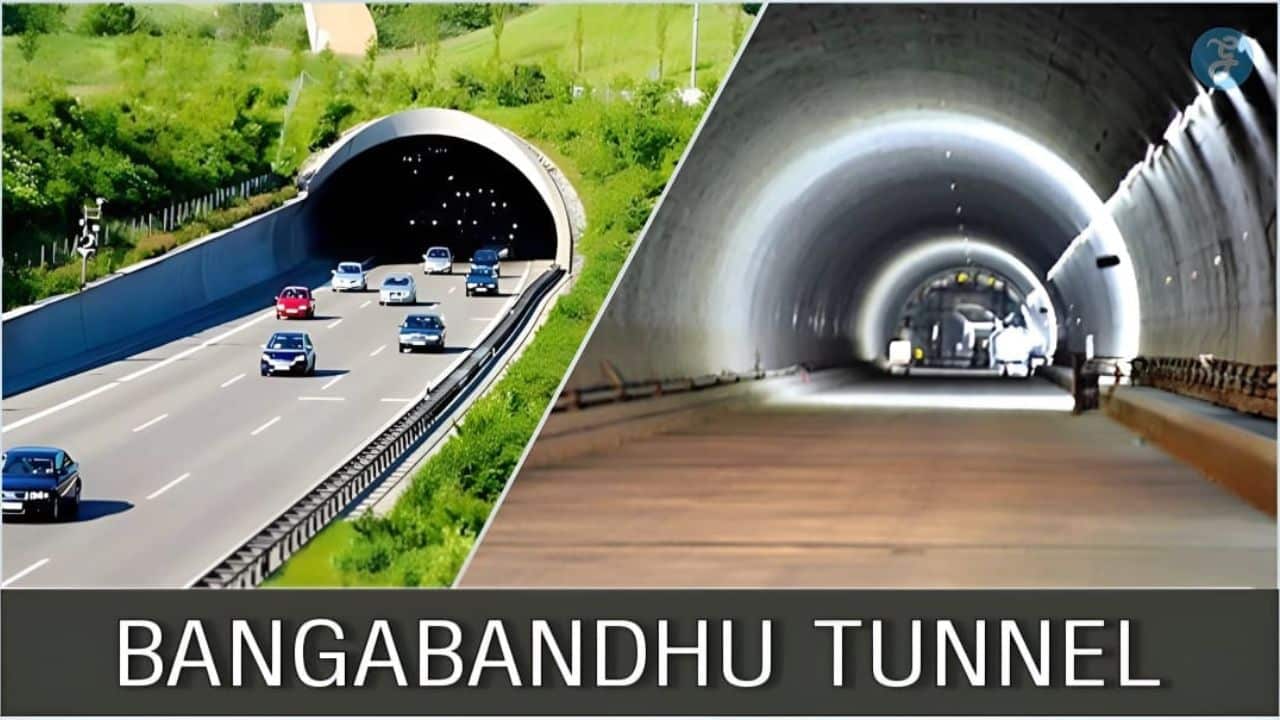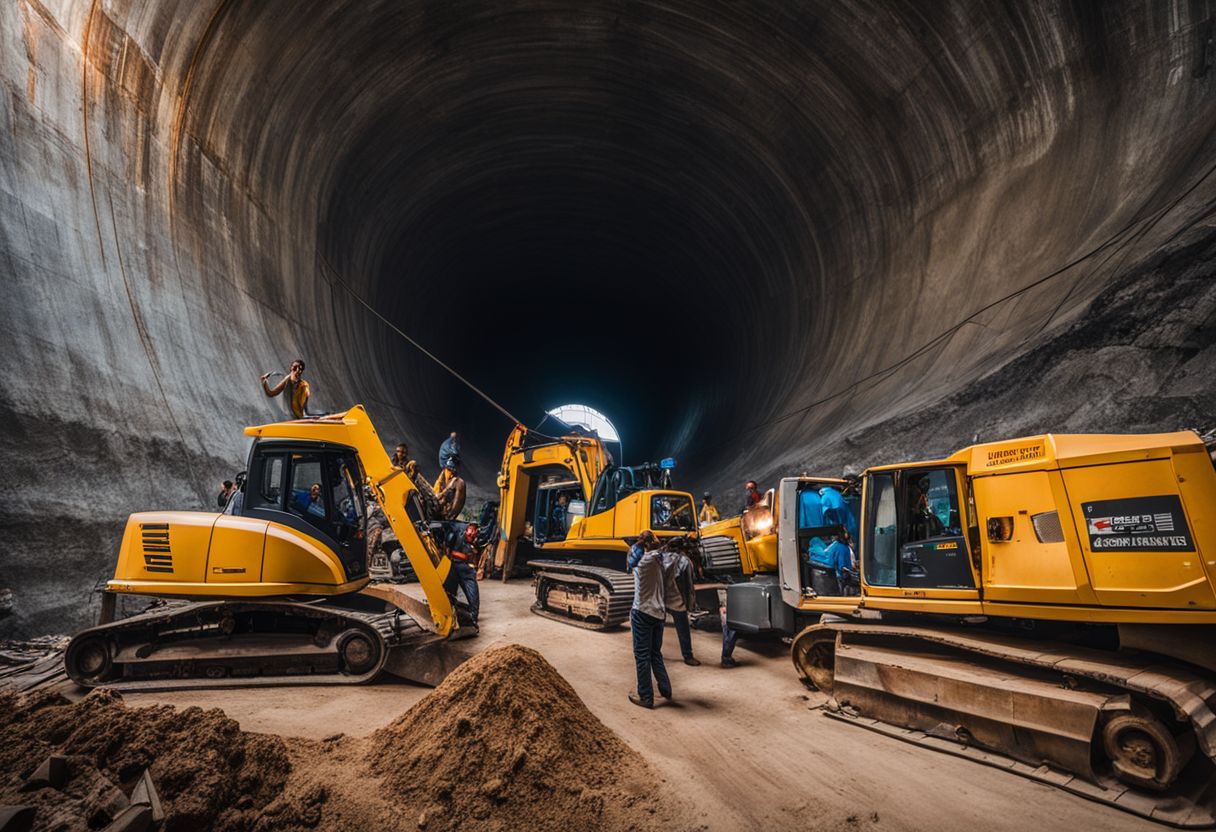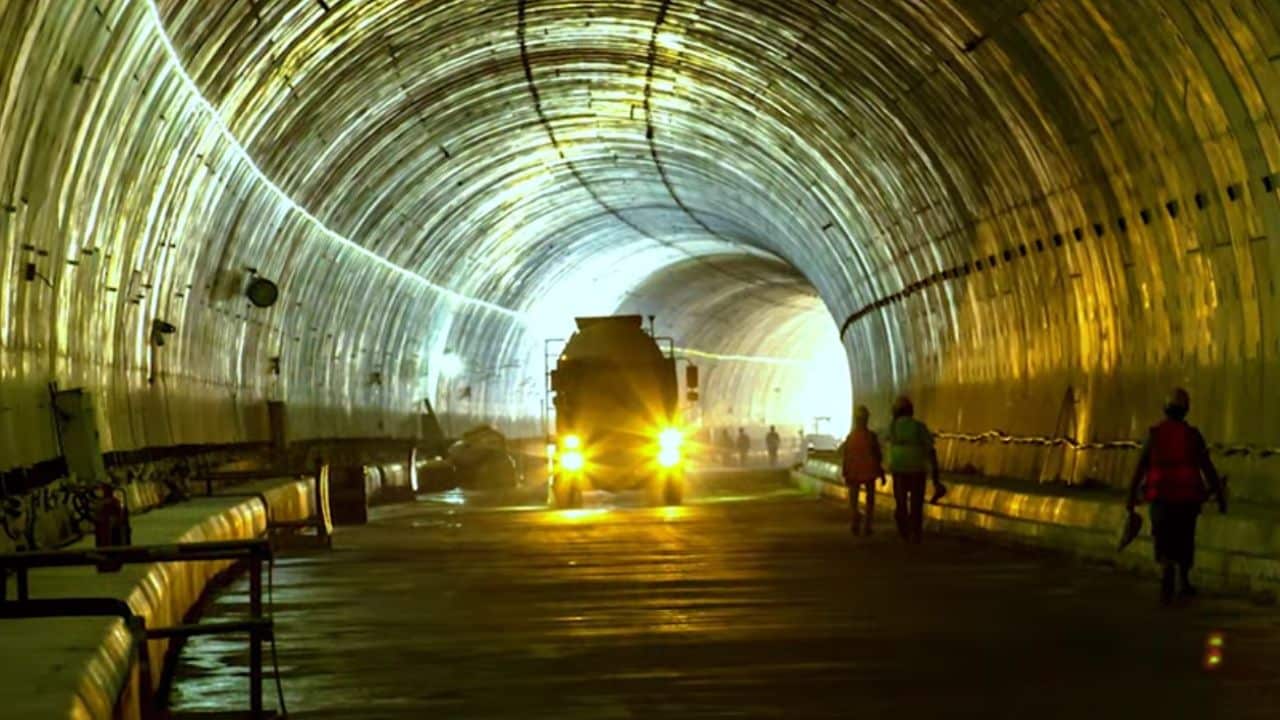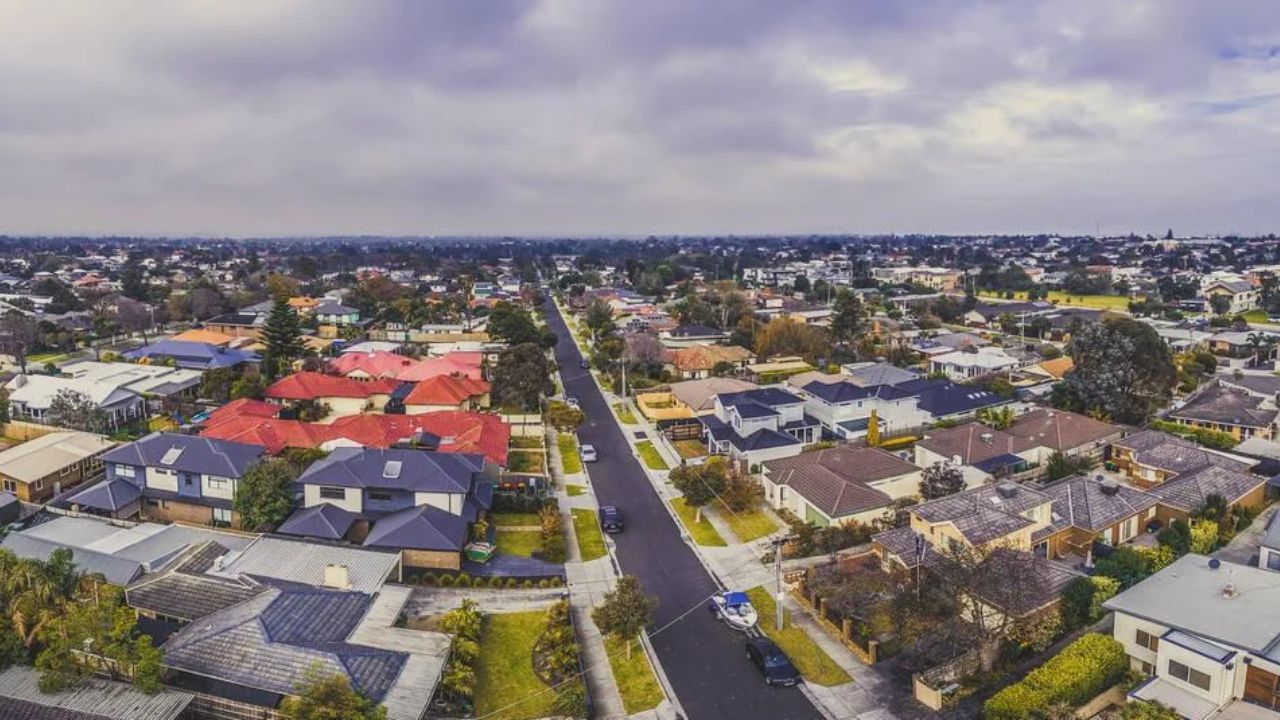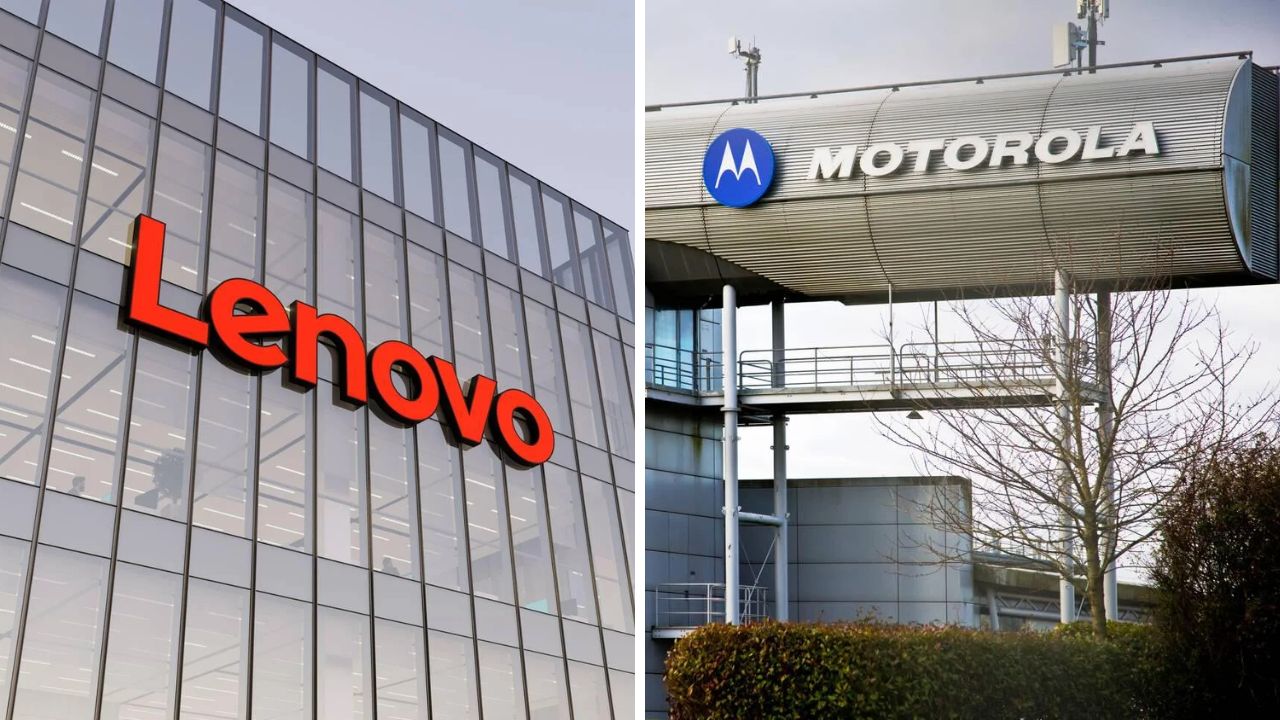Have you been looking for ways to understand Bangladesh’s infrastructure development better? The Bangabandhu Tunnel is a major milestone and the first ever under-river tunnel in South Asia.
The tunnel is 3.32 kilometers (2.06 mi) long and has a diameter of 10.80 meters (35.4 ft). It is expected to be able to handle over 17,000 vehicles per day. The Prime Minister of Bangladesh, Sheikh Hasina, will inaugurate the Bangabandhu Tunnel tomorrow, October 28, 2023.
In this blog post, we will explore the construction progress of the tunnel and discuss its significance for regional development, economic growth, infrastructural benefits, and long-term impacts on local communities.
Learn how this engineering marvel is transforming connectivity throughout the region! Get ready to explore Bangladesh’s revolutionary project that promises sustainable growth—the Bangabandhu Tunnel!
Content Highlights
- The Bangabandhu Sheikh Mujibur Rahman Tunnel will become South Asia’s first-ever subsea tunnel and connect Chittagong with Cox’s Bazar.
- Benefits from this tunnel include improved transportation between Chongtogram and Cox’s Bazaar, increased trade activity offering economic growth potential, and reduced travel time by up to two hours from four hours plus congestion allegations not just locally but for regional connections too.
- The construction comes with additional benefits such as the development of a new town at one end, conservation programs aimed at protecting natural resources, and increased trade opportunities between Bangladesh & neighboring countries, including India forming an important bridge in regional integration which can result in immense economic gains for all involved.
Importance of the Bangabandhu Tunnel
The construction of the Bangabandhu Tunnel has sparked immense progress in Bangladesh’s infrastructure development, being the first under-river tunnel in South Asia and significantly boosting connectivity and transportation efficiency.
| Category | Details |
|---|---|
| Full name | Bangabandhu Sheikh Mujibur Rahman Tunnel |
| Also known as | Karnaphuli Tunnel |
| Type | Underwater expressway tunnel |
| Location | Chittagong, Bangladesh |
| Crosses | Karnaphuli River |
| Length | 3.32 kilometers (2.06 mi) |
| Diameter | 10.80 meters (35.4 ft) |
| No. of lanes | 4 |
| Construction cost | US$1.1 billion |
| Construction start | 2019 |
| Construction end | 2023 |
| Inauguration date | October 28, 2023 |
| Status | Operational |
Table: Bangabandhu Tunnel at a Glance
Safety features
- Emergency call boxes: Every 250 meters
- Fire extinguishers: Every 100 meters
- Emergency exits: Every 500 meters
- Ventilation system: To remove smoke and fumes in the event of a fire
- CCTV cameras: Throughout the tunnel to monitor traffic and security
First under-river tunnel in South Asia
The Bangabandhu Sheikh Mujibur Rahman Tunnel, located under the Karnaphuli River in Bangladesh, is a historic milestone for South Asia. It is the region’s first-ever road tunnel built beneath a river and marks an important step forward in modernizing Bangladesh’s infrastructure.
Construction of this tunnel began on February 24, 2019. The construction work of the two-way tunnel was completed in November last year at a cost of around Tk10,690 crore. After that, interior security and engineering work was carried out.
This can boost regional trade and reduce highway congestion by providing an alternative route between Cox’s Bazar District (the longest beach) and Chittagong City.
Consequently, journey times can be shortened significantly as cars are able to bypass security procedures at international border crossings through this tunnel – another major benefit of constructing such large-scale tunnels underneath rivers.
A major milestone in Bangladesh’s infrastructure development
Bangladesh is making great strides towards improving its infrastructure, and the upcoming Bangabandhu Sheikh Mujibur Rahman Tunnel is set to be a major part of this development. Becoming South Asia’s first-ever subsea tunnel will provide an alternative physical connection between Cox’s Bazar and Chattogram – two heavily populated districts located over 200km apart.
The construction of such an important path for transportation is expected to bring enhanced connectivity efficiency, promote economic growth through increased trade opportunities, as well as reduce traffic congestion along the route.
The 85-metre wide tunnel has been under construction for four years now, and 95% of the work on the South tube was completed in 2022; upon its completion later this year, it will be able to carry up to 10 trains per hour during peak hours with each train taking only 30 minutes to traverse across both tubes combined. Additionally, you can also read about- Dhaka Metro Rail: Bangladesh Enters A Milestone Era
Enhancing connectivity and transportation efficiency
The Bangabandhu Tunnel is a revolutionary infrastructure project that will revolutionize communication and transportation in the southeast port city of Chittagong. This ambitious tunnel project is sure to become the first under-river tunnel in South Asia and an important milestone for Bangladesh’s infrastructure development.
It will enable direct linkage between Chittagong, its neighboring roads, and Cox’s Bazar while connecting Bangladesh with other countries like India via the Asian Highway Network. Benefits from this tunnel include improved transportation between Chongtogram and Cox’s Bazaar, increased trade activity offering economic growth potential, and reduced travel time by up to two hours from four hours plus congestion alleviation not just locally but for regional connections too.
Construction Progress of the Bangabandhu Tunnel
The construction of the Bangabandhu Sheikh Mujibur Rahman Tunnel, also known as the Karnaphuli Tunnel, began in 2019 and is now nearing completion. As of October 27, 2023, the project’s overall progress is 98.70%. The main tunnel tube is now complete, and the remaining work includes developing the service area and ancillary facilities. The service area will include bungalows, a motel mess, a resort reception, a convention center, two internal bridges, and internal roads.
Here is a more detailed breakdown of the construction progress of the Bangabandhu Tunnel:
- Main tunnel tube: 100% complete
- Service area: 80% complete
- Ancillary facilities: 90% complete
Planned development of a new town at the Anwara end
The completion of the Bangabandhu Tunnel project is a major milestone in Bangladesh’s infrastructure development, and its importance for the future economic growth of the region cannot be overstated.
The government has invested in this project to become a developed country by 2041 and play an important role on the global stage. As part of this ambition, a new town at the Anwara end is currently being planned and developed.
This will bring further economic benefits to both locals living in Anwara sheds as well as entrepreneurs around Bangladesh who can access additional resources due to improved transportation facilitated by the tunnel.
The developments surrounding this project also include various conservation programs that are aimed at minimizing disruption to local communities during construction while protecting environmentally sensitive areas nearby, such as water reserves, plant habitats, etc., thus providing long-term sustainability benefits for all citizens across Bangladesh.
Benefits of the Bangabandhu Tunnel
By eliminating long and tedious travel times, the Bangabandhu Tunnel significantly improves transportation between Chattogram and Cox’s Bazar while driving economic growth.
Improved transportation between Chattogram and Cox’s Bazar
The Bangabandhu Sheikh Mujibur Rahman Tunnel is set to revolutionize how people travel between Chattogram and Cox’s Bazar. With a minimized travel distance of about 50km, it will save commuters a notable amount of time when traveling along this route.
The project also seeks to reduce congestion on the narrow Chattogram-Cox’s Bazar highway, promoting smoother traffic flow while increasing overall efficiency. Furthermore, local businesses in both cities are expected to benefit due to its enhanced connectivity and improved trade opportunities that go with it.
The construction of the tunnel presents an opportunity for Bangladesh to bridge geographical gaps separating the two coastal towns and transform their relationship from one of competition into one turned towards cooperation for mutual betterment as well as contribute considerably towards regional development in flood infrastructure advancement initiatives which can result in immense economic gains for all involved – making this ambitious endeavor not just environmentally but economically viable too!
Increased trade and economic growth
The Bangabandhu Tunnel has been instrumental in boosting the economic development of Bangladesh. Improving transportation infrastructure has greatly increased connectivity between different areas and facilitated trade throughout the region.
As a result, businesses are able to expand their operations more easily and generate greater revenue from export and import activities. Additionally, new job opportunities have been created for local communities as businesses grow in size due to improved accessibility.
This provides an important income source that helps reduce poverty levels in the region. Furthermore, reduced travel time makes traveling easier for goods and for people who can access new destinations more quickly, resulting in an overall rise in tourism activities that contribute positively to regional economic growth and improved livelihoods. If you want, you can also read – Dhaka Elevated Expressway: A Long-Awaited Dream Comes True.
Reduced travel time and congestion
Once complete, the Bangabandhu tunnel is expected to reduce travel time from Anwara to Patenga to just two hours. This reduces the current three-and-a-half-hour journey along the narrow Chattogram-Cox’s Bazar highway significantly.
The tunnel will also help alleviate congestion on this heavily trafficked route, allowing vehicles an alternate transit option which can potentially boost business productivity and personal connectivity within Bangladesh’s densely populated Chittagong division.
With 97.5% of works already completed, imminent benefits are in sight for locals and travelers alike who need access between these key urban centers via road networks with minimum disruption by traffic snarls or delays caused due to accidents or bad weather conditions beforehand.
Impacts on Local Communities and Environment
from the Bangabandhu Tunnel project have been positive, such as bolstering local businesses and tourism while making necessary conservation provisions for the environment. Read on to learn more about its potential, widespread benefits, and global implications.
Positive impact on local businesses and tourism
The Bangabandhu Tunnel is expected to impact local businesses and tourism in the surrounding areas positively. Enhanced connectivity with Chittagong, Bangladesh’s commercial capital, facilitated by improved transportation infrastructure, will reduce travel times significantly.
This will benefit businesses by allowing the movement of goods more efficiently and increase trade opportunities between this region and neighboring countries like India. Additionally, it adds an appealing option for tourists traveling to and from Cox’s Bazar as there now exists an alternate route via the tunnel compared to the existing highway system.
Industries such as hospitality, tourism, and retail sectors are likely to see increased revenue due to this new transport network which will have further implications for job creation in these areas.
Conservation measures for the environment and wildlife
The construction of the Bangabandhu Tunnel has taken various steps to protect the natural resources and wildlife in Bangladesh. An Environmental and Social Impact Assessment (ESIA) study, consisting of 404 pages, was conducted to evaluate the measurable changes in natural systems resulting from development activities.
As part of this assessment, specialized reports were written addressing measures for the conservation and sustainable management of wild animals around the tunnel area. Along with this, specific regulations governing environmental impact assessments have been put into place under Bangladeshi law that are designed to prevent disturbance or negative effects on protected species such as tigers, leopards, and elephants living near the proposed tunnel site.
Minimization of disruption to local communities during construction
The construction of the Bangabandhu Tunnel was carefully planned and monitored to ensure that activities did not negatively affect local communities. Engineers have taken several measures to ensure that noise and vibration are reduced to minimum levels during its development to maintain an acceptable environment for local residents.
These included soundproofing parts of the tunnel with insulated concrete, paving roads using special materials, employing additional insulation methods, positioning blast walls around tunnelside locations, and undertaking regular noise monitoring tests throughout the construction phase.
Engagement with local communities also plays an important role in ensuring that they are adequately informed about progress updates and any disruption expected from nearby worksite areas.
Providing support such as monetary compensation has also been seen as a great relief by affected locals who may have had their resources interfered with due to project development activities carried out near them. Additionally, you can also read on Padma Bridge.
Technological Advancements in Tunnel Construction
By implementing modern construction techniques such as state-of-the-art equipment and monitoring systems, the Bangabandhu Tunnel showcases cutting-edge technology in its construction.
Engineering and design innovations
The engineering and design innovations implemented in the construction of the Bangabandhu tunnel were critical in ensuring proper functioning, durability, and safety. One important technology was trenchless construction methods which allow tunnels to be built faster and more efficiently without disturbing surrounding land or marine habitats.
The use of precast concrete segments increased strength while reducing costs and time spent on construction as well. Other technical advancements like cyclic firing joint sealing, headwalls for sensible water-cutting protection from swell waves in tidal areas, soil stabilization techniques to reduce seepage, and efficient lighting designs with emergency evacuation capabilities also ensured safety during both construction and usage of the tunnel.
These innovative technologies worked together to make this project successful for Bangladesh’s future development plans.
Safety measures and emergency preparedness
The construction of the Bangabandhu Tunnel is an engineering feat with intricate safety standards and regulations that must be strictly followed. Safety features such as fire protection systems and emergency evacuation procedures are fundamental components for a successful construction project, with plans in place to ensure the utmost safeguards for users in times of trouble.
The structural design was also optimized to reduce vibration caused by traffic flow and minimize potential disruption from earthquakes or landslides during its lifespan. Additionally, this tunnel has been built according to international standards when it comes to lighting and ventilation along the passage allowing safe circulation throughout its length.
With these measures put into place, Bangladesh can proudly claim another major milestone in its infrastructure development portfolio safely achieved.
Implementation of modern construction techniques
Modern construction techniques have enabled the successful completion of the Bangabandhu Tunnel, which is set to become a technological marvel in Bangladesh and South Asia.
Stat-of-the-art engineering and design innovations are being implemented in the project, with safety measures and emergency preparedness established as crucial components. For example, electrofusion welding technology was used for constructing tunnel segments – a revolutionary technique very few other countries in the world use today – resulting in precision and accuracy regarding dimensions needed for building expansive road networks.
Additionally, sophisticated machinery, including magnetometers, was employed to detect problems or potential risks before entering the dangerous portions of site preparations under riverbeds. Techniques such as track maintenance mechanisms utilizing laser gauges operated from engines parked on railway tracks help identify any rail deformation that may pose security risks due to sudden changes in pressure created during tunnel excavation efforts.
Collaboration and Investment in the Project
International partnerships and financial investments have enabled the construction and implementation of the Bangabandhu Tunnel, creating various employment opportunities in the process.
International collaboration and support
The construction of the Bangabandhu Tunnel is a major milestone in Bangladesh’s infrastructure development, requiring substantial investments and strong collaboration between different countries and organizations.
The project is supported by the Governments of China and Bangladesh and the international non-profit organization Japan International Cooperation Agency (JICA). This cooperation signals a shift in regional connectivity, motivating further efforts to enhance regional exchange and trade.
China has provided technical assistance by advising nominated consultants for the project design operation. Meanwhile, JICA has granted a loan worth 3 billion Japanese Yen to help fund road improvements at viaducts connecting Cheragi Pahar at Chittagong City Corporation end with Ghumdhum area at Anwara Upazila end over Karnafuli River and along Bandarban Mountain Road Southern Slope section through an innovative model called Design Build Operate & Transfer (DOT).
Through these funding initiatives, it is possible to make mobility more accessible in remote areas while creating job opportunities for local communities affected by tunnel construction.
All partners working on this project have also taken preventive measures to minimize disruption for locals during construction works.
Read More: Sheikh Hasina – The Superwoman of Bangladesh
Economic and financial investments
The Bangabandhu Tunnel project is being implemented with joint funding from the governments of Bangladesh and China. The investment has been necessary for unlocking the potential of deeper regional and economic integration, as it will support connectivity between several parts of Cox’s Bazar district via an estimated 8 km under-river tunnel.
In addition to providing financial support to construct the tunnel, both countries also set aside investments to plan a new town at the Anwara end of the south tube.
These investments are expected to significantly impact local economies in terms of job creation, increased trade, and investment opportunities. Furthermore, it could position Bangladesh as a hub for regional commerce and foster closer ties with other South Asian nations, including India, by stimulating trade through improved transit facilities.
Employment opportunities for local communities
The Bangabandhu Tunnel project is set to provide a major boost for job creation and economic growth in Bangladesh. It will create numerous employment opportunities for local communities, both during the construction phase as well as over its long-term operation period.
This could include occupations related to tunnel engineering or bridge maintenance. Besides these direct jobs, there are also likely to be indirect opportunities generated through spin-off effects, such as increased demand for goods and services from local businesses along the route of the tunnel.
The Bangladesh Investment Development Authority (BIDA) can also play an important role in diversifying opportunities for private sector growth and enhancing the business environment, which could lead to further job creation down the line.
Significance of the Bangabandhu Tunnel for National and Regional Development
The Bangabandhu Tunnel has the potential to play an important role in strengthening Bangladesh’s position as a regional economic powerhouse, enhancing connectivity, and promoting regional cooperation.
Integration of regions and promotion of regional cooperation
The Bangabandhu Tunnel is a major milestone in Bangladesh’s infrastructure development and will bring the country closer together by promoting regional connectivity. It will be the first under-river tunnel in South Asia, linking Chattogram and Cox’s Bazar and slashing journey times between them from 2.5 hours to merely 1 hour.
Improved transportation links will boost trade and commerce and regional economic growth. The tunnel also has great significance beyond physical connectivity – it serves as a reminder of shared identity, common interests, and unity while encompassing greater collaboration among regions or states for the mutual benefit of all citizens across the country.
It supports economic prosperity and strengthens Bangladesh’s position as an important hub of regional cooperation within South Asia. As such, this project has been recognized for its potential to bridge divides between geographical regions by improving accessibility between people living far apart in terms of both distance and culture, thus contributing effectively towards conflict resolution efforts across borders.
Strengthening Bangladesh’s position as a hub for trade and commerce
The Bangabandhu Tunnel is a major milestone in Bangladesh’s development, with potentially far-reaching implications for the country’s economic growth and regional connectivity. It will improve transportation between Chattogram and Cox’s Bazar and reduce travel time and congestion, easing up potential trade exchanges across the region.
The government of Bangladesh has committed to making the tunnel economically sustainable by hiring local personnel throughout its construction stages as well as including other conservation measures for the environment or wildlife through modern construction techniques.
In addition, investment from world leaders has helped finance this project, while international collaborations have provided a suitable platform in developing cutting-edge technology when constructing tunnels; all resulting in setting benchmarks for future infrastructure projects not just within Bangladesh but also around South Asia.
Enhancing regional Connectivity and Accessibility
The Bangabandhu Sheikh Mujibur Rahman Tunnel serves as a major route for transportation and trade between Bangladesh, India, and other countries in the region. The tunnel stretches 8.40 km through the Karnafuli River, providing an uninterrupted direct route that bypasses existing road networks without having to cross over any bridges or islands.
This provides quicker access across the region but also improves connectivity by reducing travel time drastically for both goods and passengers traveling from Dhaka to resource-rich southern Bangladesh and nearby Indian states such as Tripura and Mizoram.
Furthermore, it has been estimated that this project could bring at least $360 million annually in increased trade activity which can further spur economic growth of the regions connected via the Bangabandhu Tunnel, creating job opportunities while positioning Bangladesh firmly on the BCIM Initiative (Bangladesh, China, India, Myanmar) map —an international cooperation treaty aimed at strengthening regional unity for mutual benefit via cultural exchanges, regional trade agreements among others.
Future Prospects and Expansion Plans
Exploring the potential for further infrastructure projects, urban planning, and sustainable development in the region with a long-term vision.
Development of surrounding areas and urban planning
The Bangabandhu Tunnel is a major milestone in Bangladesh’s infrastructure development, having been established as the first under-river tunnel connecting Chattogram to Cox’s Bazar.
The construction of this project has had a significant positive impact on the growth and improvement of nearby towns and cities. To support regional connectivity and economic growth within the area, various urban planning initiatives have been implemented during the course of constructing the tunnel.
These plans include creating a new town at Anwara end, which consists of modern residential buildings to accommodate workers engaged in projects associated with bonded labor migration issued from Africa – anticipated by accelerating industrialization along both sides of coastal areas.
Such tools and measures ensure that sustainable practices are taken into account while developing local communities around the Bangabandhu Tunnel, safeguarding it from any potential risks related to unrest or inequality in that region.
The long-term vision for sustainable and inclusive growth
The Bangabandhu Tunnel project is an important part of Bangladesh’s National Sustainable Development Strategy, designed to contribute to sustainable and inclusive economic growth.
The government’s perspective plan emphasizes the importance of investing in infrastructure for sustainable growth, which is why the tunnel project has been made a priority development goal.
This long-term vision also focuses on improving transportation and connectivity in Bangladesh, thereby creating greater economic opportunities and enhancing the regional connection between areas like Cox’s Bazar, Niribili Beach, Hatia Airport, Gatipara port, and beyond.
By connecting people from these different regions more easily with reduced travel time and congestion, as well as facilitating trade by connecting ports together better transport system will help promote economic output, significantly increasing employment opportunities around the route and helping local businesses to thrive, resulting in a positive increase in GDP.
Not only will this provide social gains for citizens, but environmental conservation measures such as those implemented during construction will minimize disruption to local communities while protecting wildlife habitats.
Final Words
The construction of the Bangabandhu Tunnel is a remarkable milestone in Bangladesh’s infrastructure development, not only connecting Chattogram and Cox’s Bazar but connecting South Asia as a whole.
The tunnel will drastically reduce travel time between two regional points while reducing traffic congestion on surrounding roads to improve safety and efficiency along busy highways.
It also marks an important step for integrating regions through increased connectivity and promotion of regional cooperation with India, providing new economic opportunities for both countries through increased trade flows across their shared border.
This project emphasizes Bangladesh’s commitment to inclusive growth that benefits local communities and global partners by facilitating foreign investments and creating much-needed employment opportunities.
In addition, this project demonstrates the country’s ambition to develop strong ties within Asia-Pacific which could lead to even more exciting ventures in coming years. By uniting people from different parts of the world, it reflects aspirations to grow into a prominent international player now and into the future.
Frequently Asked Questions (FAQs)
Check out some commonly asked questions about the Bangabandhu Tunnel
1. What is the Bangabandhu Tunnel?
The Bangabandhu Sheikh Mujibur Rahman Tunnel, also known as the Karnaphuli Tunnel, is an underwater expressway tunnel in the port city of Chittagong, Bangladesh, under the Karnaphuli River. It is the first under-river tunnel in South Asia. The tunnel is 3.32 kilometers (2.06 mi) long and has a diameter of 10.80 meters (35.4 ft).
2. Why was it built?
The main purpose of constructing the Bangabandhu Tunnel was to reduce travel time between Cox’s Bazar to Bandarban by approximately two hours. It is part of an overall plan to develop infrastructure for transportation throughout Bangladesh for improved economic growth and development of rural areas such as Rangamati District.
3. Who funded this project?
The construction costs of 11 billion takas were allocated from six different sources, including the Japan International Cooperation Agency (JICA), the Roads and Highways Department, Bangladesh Economic Zones Authority (BEZA), the Asian Development Bank (ADB), the Ministry Of Road Transport And Bridges (MORT&B) & Executive Committee on National Economic Council (ECNEC).
4. What benefits will people enjoy from this Tunner?
People traveling between Chittagong city and other districts through the Karnafuli Tunnel will benefit from a faster journey time with less traffic congestion compared to before due to its dual lanes along with modernization facilities such as safety sensors, LED lights providing bright outdoor lighting, regular broken line markings along roadside walls that provide guidance during night drives, etc.


